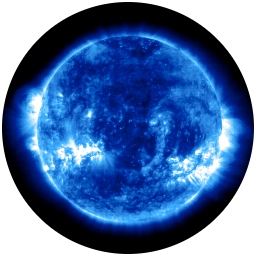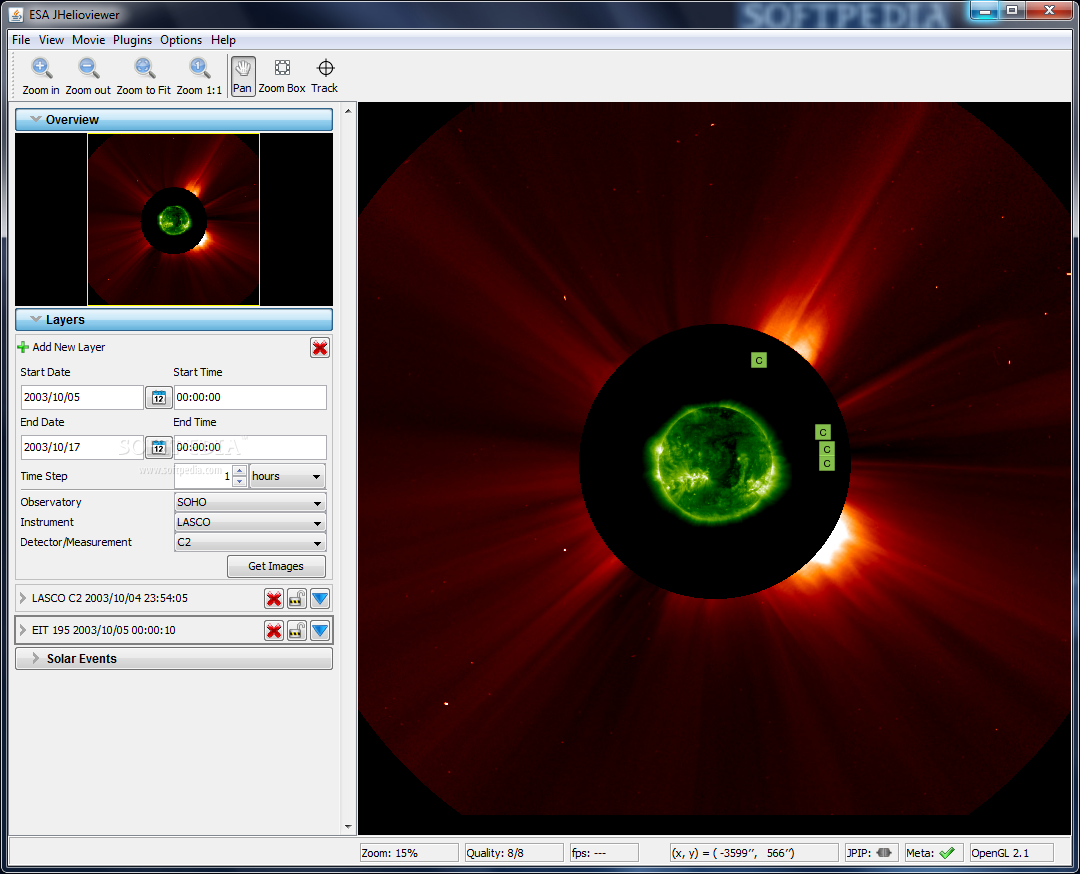

“Their movement is caused as they are jostled from below by powerful convection currents rising and falling beneath the photosphere. As the movement continues, the entanglement of field lines causes magnetic energy to build up.” “In a smooth, non-entangled arc the magnetic energy levels are low, but entanglement will occur naturally as the footpoints move about each other,” the release added. That phenonemon is called field line footprints. Models of the flares show they typically occur amid distorted magnetic fields, the University of Cambridge noted, showing that the lines can “reconnect while slipping and flipping around each other.” Before the flare happens, the magnetic field lines line up in an arc across the sun’s surface (photosphere). Scientists saw it using NASA’s Solar Dynamics Observatory. While models of this have been made before, this is the first time the phenomenon was caught in action.

It’s these energetic flares that can hit Earth’s atmosphere and cause auroras and power surges. The video above, however, shows magnetic lines weaving together from the surface of the Sun in 2012, eventually creating an eruption that was 35 times our planet’s size and sending out a surge of energy. When will the next big solar flare occur? How much damage could it cause to power lines and satellites? These are important questions for those looking to protect our infrastructure, but there’s still a lot we need to figure out concerning space weather. Learn more about how solar flares impact us on Earth here. No CME has been observed from the June 11 flare, but again: AR2087 hasn’t left the stage yet. The resulting merged cloud of charged particles is expected to nick Earth’s magnetic field on Friday, June 13. While these most recent three are low on the X-scale, they may result in increased auroral activity - especially since it appears that the first two were followed by a pair of CMEs that “cannibalized” each other on their way out. X-class flares are the strongest in the letter-classification of solar flares, which send blasts of electromagnetic energy out into the Solar System. Here’s a video of SDO observations showing the two June 10 flares:

“Only” an X1-class, it was the weakest of the three but AR2087 still has plenty of time for more as it makes its way around the Sun’s face - all the while aiming more and more our way, too. Perhaps figuring third time’s a charm, the active region blazed with a third flare this morning at 9:05 UT (5:05 a.m. This got pretty much everyone’s attention… here comes 2087! Then, just over an hour later, another eruption: an X1.5 flare at 12:55 UT. On June 10, 2014, AR2087 announced its arrival around the southwestern limb of the Sun with an X2.2 flare at 11:41 UT (7:41 a.m.

(And to think this active region has only just come around the corner!) Remember yesterday when we mentioned two X-class flares erupting from the Sun within the space of about an hour? We probably should have waited a bit and gone for the trifecta: this morning the same active region flared yet again, making it three high-powered flares within a single 24-hour period.


 0 kommentar(er)
0 kommentar(er)
